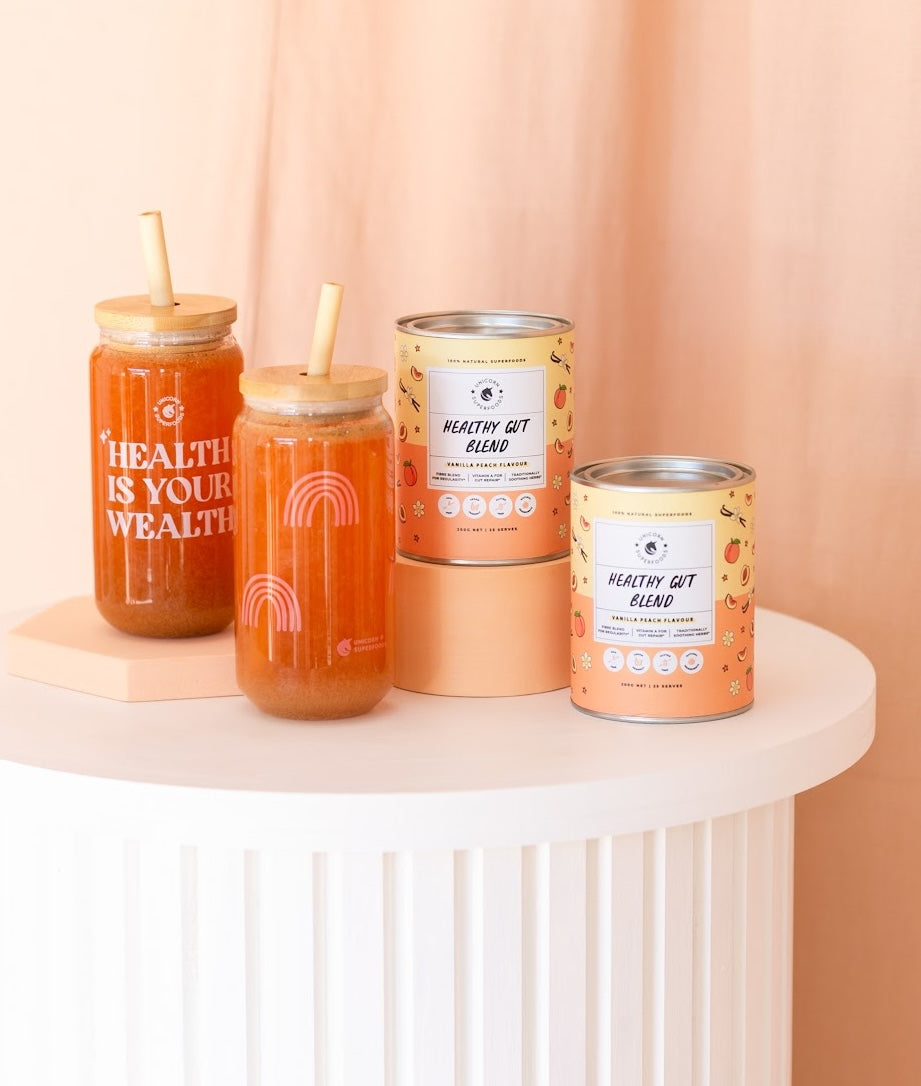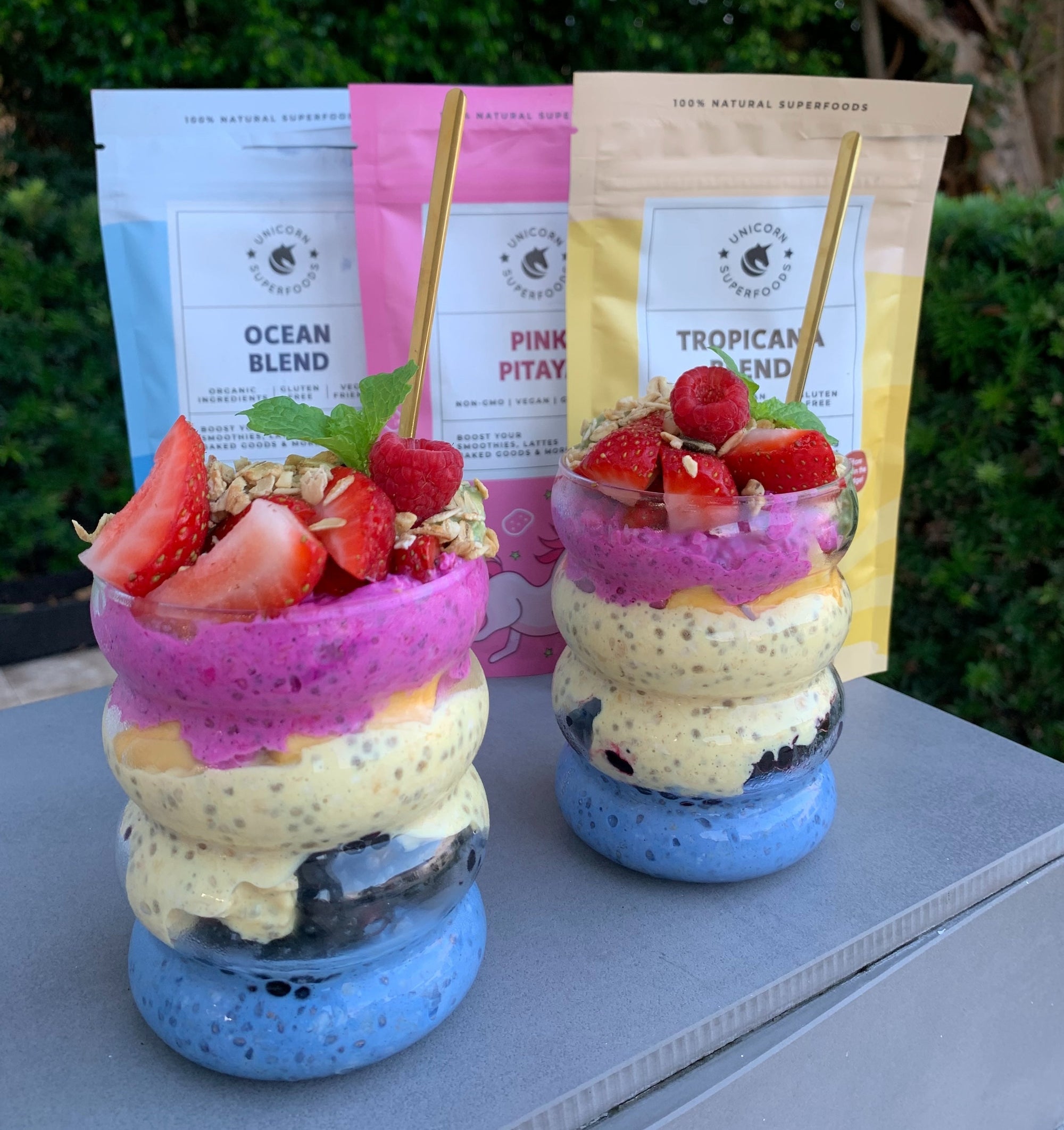Is artificial food coloring bad for you?
Many of the products on our shelves these days are filled with artificial dyes such as lollies, soft drinks, jelly, cakes etc. Research suggests that artificial colours are bad for human consumption for various reasons. This article will provide some information about each artificial color and the impacts they may have on our health.
"One main concern that food coloring has been linked to is hyperactivity and behavioural problems in children. Studies conducted on "1873 preschool children found significant reductions in hyperactive behaviour when food coloring was removed from the diet". Research shows that restricting the diet of artificially colored foods benefits some children with ADHD."
"Internationally, the U.S. is behind other countries on its artificial dye policies. The U.K.’s Food Standards Agency has imposed a voluntary ban on several of these dyes because of their potential harm. And although they turned down a more widespread ban, the European Parliament agreed to place warning labels on all European-produced foods containing one of six artificial colorings. One U.S. state has considered similar bans, but so far all measures have been rejected."

"Here are more “highlights” of some research findings on the main colors being used in the food industry today. (Count how many times you see these listed on labels of food you pick up in the supermarket. You might be surprised.)"
Blue 2: linked to brain tumors in mice
Yellow 3: known to cause some mild allergic reactions – especially in people who are sensitive to aspirin
Yellow 6: associated with cancer of the adrenal glands and kidneys as well as possible allergic reactions
Red 3: was considered for banning in 1983 because of a possible link to thyroid tumors
We recommend checking labels for artificial food colorings before buying the product.
Natural Food Colorants
There are natural pigments that are safe and can be used for food coloring. They are made from from vegetables, fruits, algae and spices. These colorants can can also be beneficial to your inner and outer health.
View our superfoods page to read about our 100% natural superfood powders: https://www.unicornsuperfoods.com/pages/superfoods






